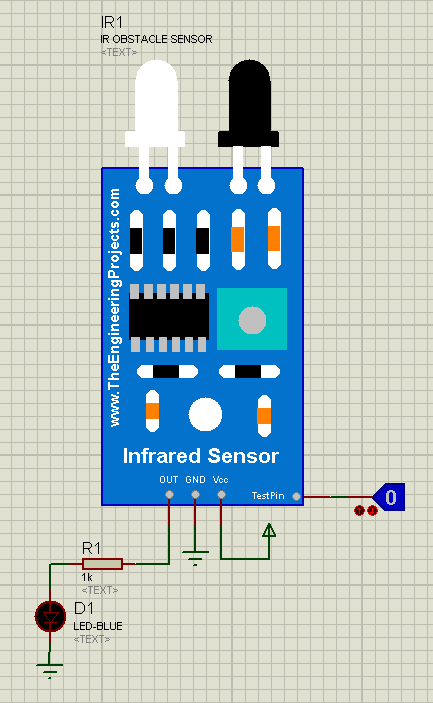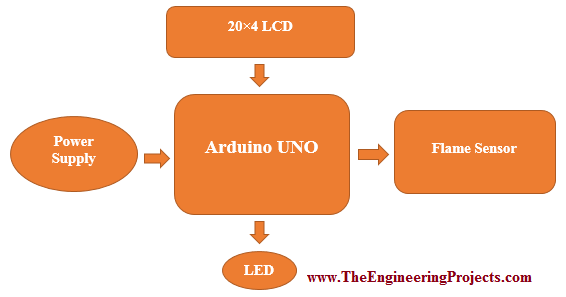
Gnd :-> connects to the ground terminal of the Arduino. Vcc :-> provides power to the sensor (3.3V to 5.5V)ĭata pin :-> used to communicate between the sensor and the microcontroller.
The Onboard IC measures the analog signal coming from the humidity sensor and the thermistor and uses the stored calibration coefficients to convert them for the respective usage.Įxplore Raspberry Pi Collection Pins on DHT11 and DHT22 sensor. This conductivity change is directly proportional to the relative humidity. The conductivity between the electrodes changes as ions is released by the substrate as it absorbs water vapour.  The humidity sensing component has two electrodes with a moisture-holding substrate (salt or conductive plastic polymer). Hardware components within the sensorīest way to learn how a sensor work is to know its components DHT11 and DHT22 contains a humidity sensing component, a thermistor, and a small onboard IC. These can be used in HVAC systems in pharmaceutical plants to protect life-saving drugs, in indoor agriculture facilities to keep plants at optimum condition, food processing warehouses to avoid spoilage, etc. With this blog, we will be telling you about one such type of sensor: humidity and temperature sensor, namely DHT11 and DHT22, and how to use them on a circuit simulation software: Proteus.
The humidity sensing component has two electrodes with a moisture-holding substrate (salt or conductive plastic polymer). Hardware components within the sensorīest way to learn how a sensor work is to know its components DHT11 and DHT22 contains a humidity sensing component, a thermistor, and a small onboard IC. These can be used in HVAC systems in pharmaceutical plants to protect life-saving drugs, in indoor agriculture facilities to keep plants at optimum condition, food processing warehouses to avoid spoilage, etc. With this blog, we will be telling you about one such type of sensor: humidity and temperature sensor, namely DHT11 and DHT22, and how to use them on a circuit simulation software: Proteus. 
It is hard to imagine life without these sensors around us, they help manage many things around us from opening the automatic door at your local store to controlling the water release into the nuclear plants. Today we have sensors that can do all sorts of things: see, taste, hear and detect motions.

Sensors are used to collect data by measuring physical quantities and properties, this data is then used for various applications.







 0 kommentar(er)
0 kommentar(er)
